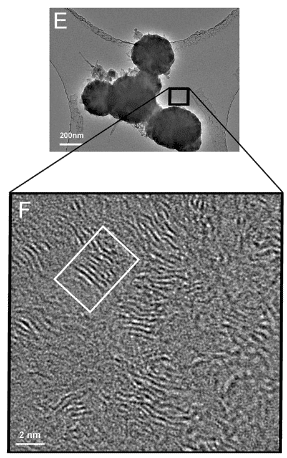Carbon nanotubes are cylindrical nanostructures with a myriad of potential applications. They are the strongest and stiffest materials yet discovered in terms of tensile strength and elastic modulus, they can withstand immense pressures and also have very interesting electrical properties. Now, thanks to work from researchers at the University of Pittsburgh Swanson School of Engineering, they can also be used for medical purposes.
We see everything around us in a 3D world (+time), a sheet of paper can be thought of as a 2D world, and a line is 1D. So what’s 0D? A zero dimensional object is, conventionally, a point. Carbon nanotubes are constructed with a length-to-diameter ratio of up to 132,000,000:1, way larger than pretty much any other material. However, clustering makes it difficult to achieve high purity, water solubility, and wet nanoscale applications, which dramatically limits their efficiency for biological uses. Basically, you need to make them shorter to take full advantage of their properties.
With that in mind, researchers pursued the idea of developing a zero dimensional carbon nanotube (well it wouldn’t technically be a tube… but we’ll call it that for the lack of a better name) – in other words, they tried to make it with the length of its diameter. These extremely short nanotubes would be more soluble and would have the same dimensions as many proteins that compose the basic machinery of living cells, which opens up numerous possibilities. The newly developed carbon nanotubes could be used for medical imaging, substance delivery, protein or nucleic acid vaccination carriers, drug-delivery vehicles, or even components of synthetic cells.
But that’s not all they can do – engineers will love them as well.
“[Z]ero-dimensional carbon nanotubes present the possibility to build ultrathin, superfast electronic devices, far superior to the best existing ones and it could be possible to build strong and ultralight cars, bridges, and airplanes,” said Steven R. Little, PhD, associate professor, CNG Faculty Fellow and Chair of the Department of Chemical and Petroleum Engineering, a principal investigator.
Apparently, the fabrication process is not prohibitively expensive, and this technology will be made commercially available as soon as the process can be scaled up to manufacture bulk quantities, which is underway currently.



